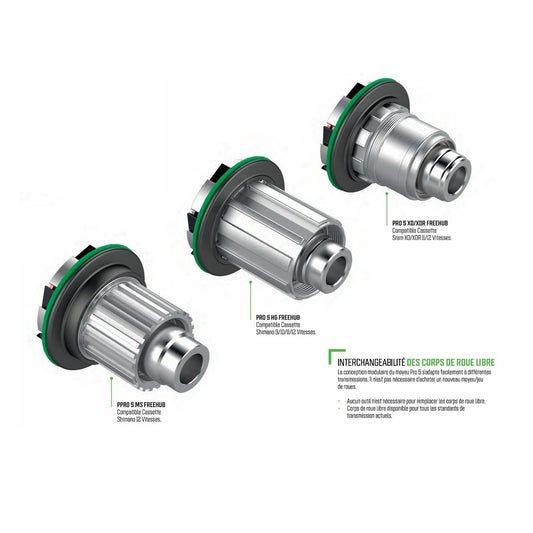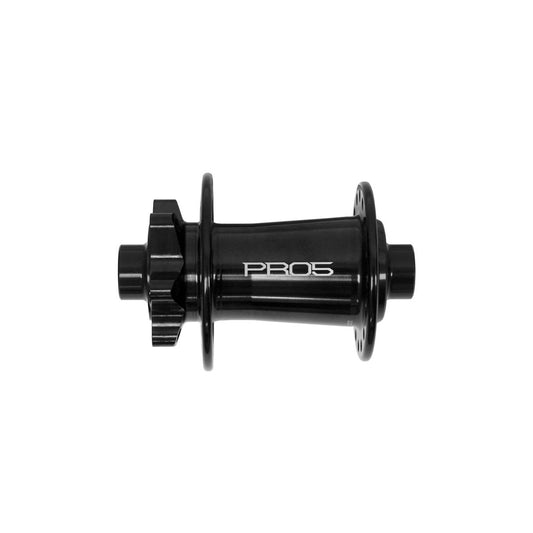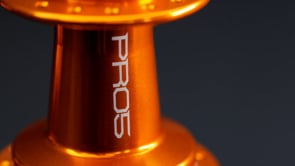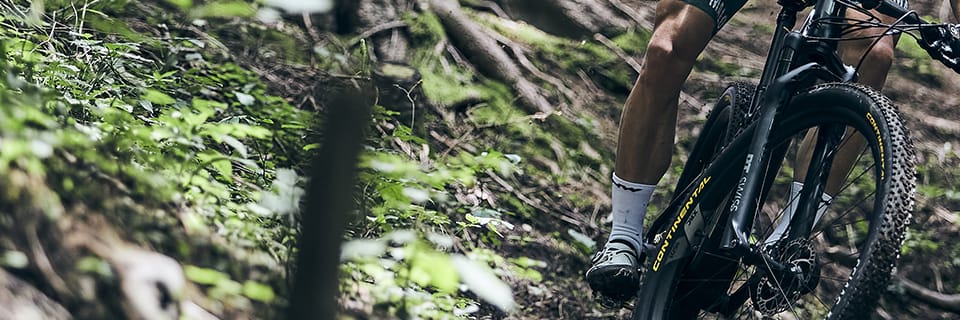Visit MTB hub is the interface between the wheel and the axle. MOUNTAIN BIKE. Here's how to select one to suit your axle standard.
Standards
- Front axle sizes: 9x100 mm, 15x100 mm, 15x110 mm (Boost), 15x110 mm (Predictive Steering), 20x110 mm and Lefty type
- Rear axle sizes: 9x135 mm, 12x135 mm, 12x142 mm, 12x148 mm and 12x150 mm
- Ball bearing types
- Number of spokes
- Brake types: V-brake, 6-hole disc or Center-lock disc
Hub types
The most complicated part of choosing a hub is finding the right one. size of the axlecompatible with either your fork or your frame. Note that axle diameters and lengths are different for front and rear wheels. It's therefore essential to check your components beforehand, by measuring the distance between the fork or frame dropouts. To make the task a little simpler, some brands now offer hubs that can be converted to all (or almost all) standards simply by using a set of adapters.
Visit ball bearings housed in the hub can be of two types: either "cone/cuvette" or "cone/cuvette". A requiring more regular maintenance, but generally reliable over time; or "sealed bearing" type B maintenance-free (simply replaced when defective).

As far as the number of spokes is concerned, the more you have, the stronger the wheel will be; conversely, the fewer spokes you have, the lighter but more fragile the wheel will be. A classic assembly has 32 spokes. Reminder rim and hub must have the same number of holes.
Last but not least braking system must also must also be taken into account. There are several types of hubs on the market, some for V-Brake mounting and others for disc brakes. For the latter, there is a specific version for 6-hole mounting and another for Center Lock.
Which hub for my riding?
Your choice of hub will be directly conditioned by the components you already own, i.e. the mountain bike rims rims (and therefore the number of holes), brakes, frame or mountain bike forks.
If you're going to fit a new bikeand you haven't yet purchased your frame/fork or rims, here's what we recommend:
Hiking / Cross-Country
For this type of riding, 9 mm is the easiest to use, both front and rear. That said, for greater steering precision, you can opt for 15 mm at the front. The Boost format also plays an important role in this area.
All-Mountain / Enduro
We recommend 15x100 or 15x110 mm (Boost) at the front and 12x142 or 12x148 mm (Boost) at the rear for maximum rigidity and robustness.
DH / Freeride
For the most extreme riding conditions, 20 mm fronts and 12x150 mm rears, or even 12x157 mm, are mandatory.
Découvrez tous nos conseils & Tutoriels
MTB - Hubs
-


HOPE PRO 5 Rear Hub 12x148mm Centerlock Black
Regular price 249,90 €Regular priceUnit price per -


HOPE PRO 5 Front Hub 15x100mm 6 Holes Black
Regular price 114,90 €Regular priceUnit price per







